エスペラントGPT辞典 - Esperanto-Japanese Translation

こんにちは!エスペラントGPT辞典へようこそ。
Unlock Esperanto with AI
Explain the meaning of the Esperanto word
Provide the Japanese translation for the Esperanto phrase
Break down the root components of the Esperanto term
List common Esperanto expressions using the root
Get Embed Code
エスペラントGPT辞典 Introduction
エスペラントGPT辞典 is designed specifically for Japanese speakers interested in learning or improving their knowledge of Esperanto, a constructed international auxiliary language. The primary purpose of this tool is to provide comprehensive information on Esperanto words and expressions, including their Japanese translations, etymology, word roots, common affixes, derived forms, synonyms with nuances, idioms, and easily confusable words. It offers detailed breakdowns and examples to facilitate understanding and usage in real-life contexts, making Esperanto more accessible and easier to learn for Japanese speakers. Through its focus on providing extensive linguistic information and clarifications, it helps bridge the gap between these two languages. Powered by ChatGPT-4o。

Main Functions of エスペラントGPT辞典
Translation and Aspect Classification
Example
Providing the Japanese equivalent of 'amiki' (to befriend) and distinguishing between its intransitive and transitive aspects.
Scenario
A user wants to express friendship in Esperanto and needs to understand how to use 'amiki' correctly in a sentence.
Word Root Analysis
Example
Breaking down 'lernolibro' (textbook) into its roots: 'lern-' (learn) and '-libro' (book).
Scenario
A user is curious about the composition of words and wishes to expand their vocabulary through understanding of word roots.
Etymology
Example
Explaining the origin of 'komputilo' (computer), linking it back to its English and Latin roots.
Scenario
A user is interested in the historical development of specific Esperanto words to better grasp their meanings and usage.
Derived Forms and Affixes
Example
Discussing variations of 'rapid-' (fast) like 'rapideco' (speed) and 'malrapida' (slow).
Scenario
A user wants to learn how to create and understand different word forms from a single root for more nuanced communication.
Synonyms and Usage Nuances
Example
Comparing 'granda' (big) and 'vasta' (broad), highlighting contexts in which each word is more appropriate.
Scenario
A user seeks to refine their language use by selecting the most appropriate word for each context.
Idioms and Expressions
Example
Introducing expressions like 'esti inter la martelo kaj la amboso' (to be between a rock and a hard place).
Scenario
A user is aiming to sound more natural and fluent by incorporating idiomatic expressions into their Esperanto.
Easily Confusable Words
Example
Clarifying the difference between 'scii' (to know, as in a fact) and 'koni' (to be acquainted with, as in a person).
Scenario
A user wants to avoid common mistakes by learning how to distinguish between words with similar appearances or meanings.
Ideal Users of エスペラントGPT辞典
Esperanto Learners
Japanese speakers who are beginners or at an intermediate level in Esperanto will find this tool invaluable for understanding and expanding their vocabulary, learning correct usage, and grasping the nuances of the language.
Linguistics Enthusiasts
Individuals with an interest in linguistics or constructed languages can explore Esperanto's structure, etymology, and the way it combines roots and affixes to create new words.
Translators and Writers
Japanese translators or writers working with Esperanto content can use this tool to ensure accurate and nuanced translations, especially when working on literary or technical materials.
Language Educators
Teachers of Esperanto or Japanese can utilize this resource to provide students with detailed explanations, examples, and exercises, making their teaching more effective and engaging.

How to Use EsperantoGPT Dictionary
1
Access a free trial at yeschat.ai without needing to log in or subscribe to ChatGPT Plus.
2
Type your query in Japanese about an Esperanto word or phrase you wish to learn about.
3
Specify if you need information on translations, usage, etymology, similar words, or idiomatic expressions.
4
Review the detailed response, including word roots, derivations, and examples of usage.
5
Utilize the information for language learning, translation tasks, or to enhance your understanding of Esperanto.
Try other advanced and practical GPTs
OU-GPT
Elevating Ophthalmology with AI
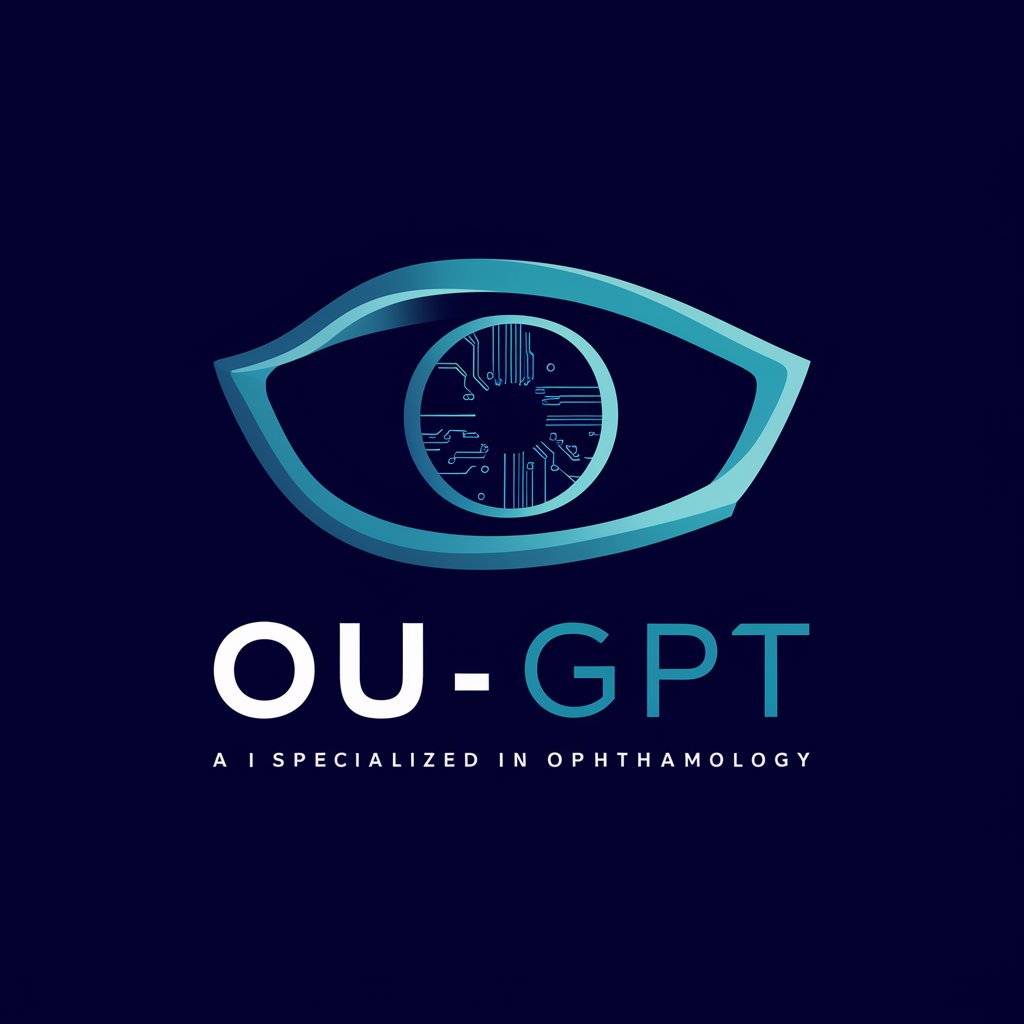
Harish Article Project
Crafting Quality Content with AI

Research Paper Reader
Unlocking Insights with AI-Powered Analysis
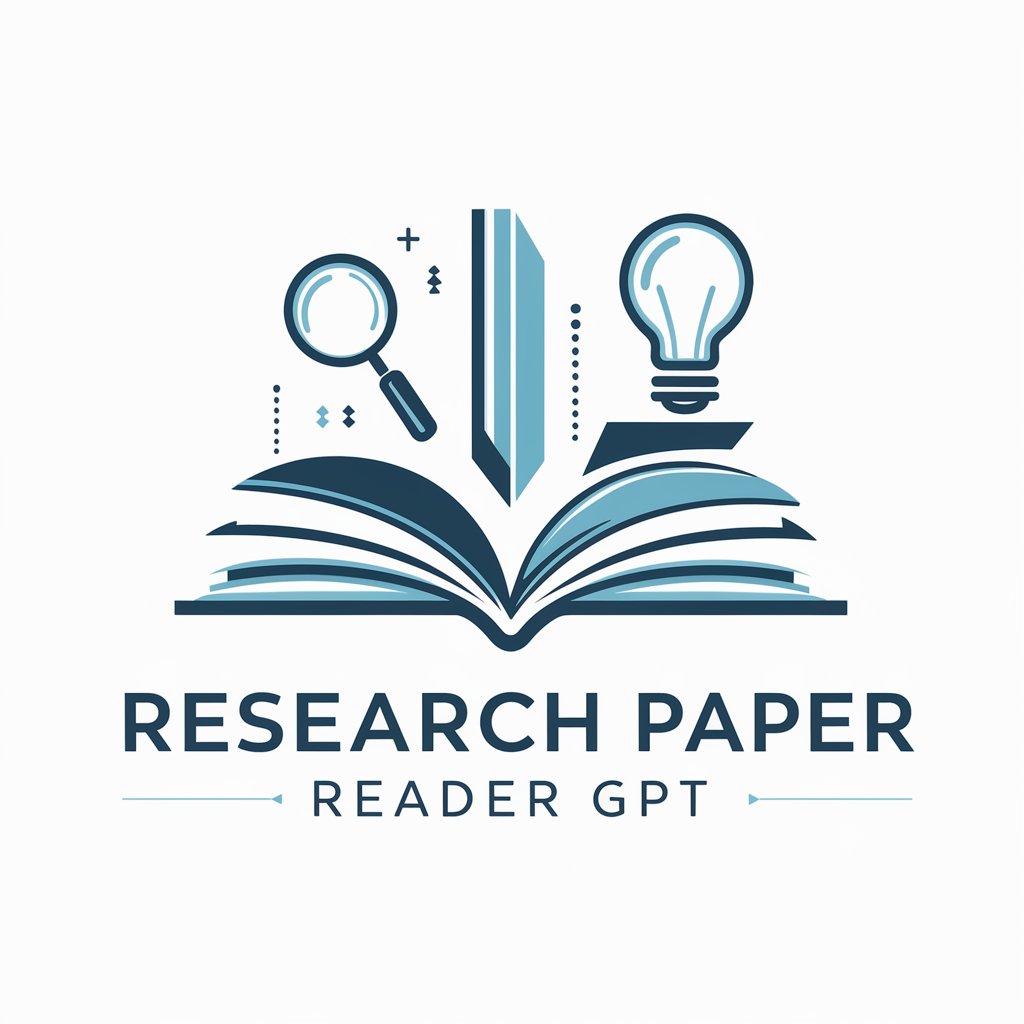
Chakra Harmony Guide_Mina
Master Your Chakras with Science-Powered Techniques

PolySage Complex Problem Solver
Your AI-Powered Expert Roundtable.
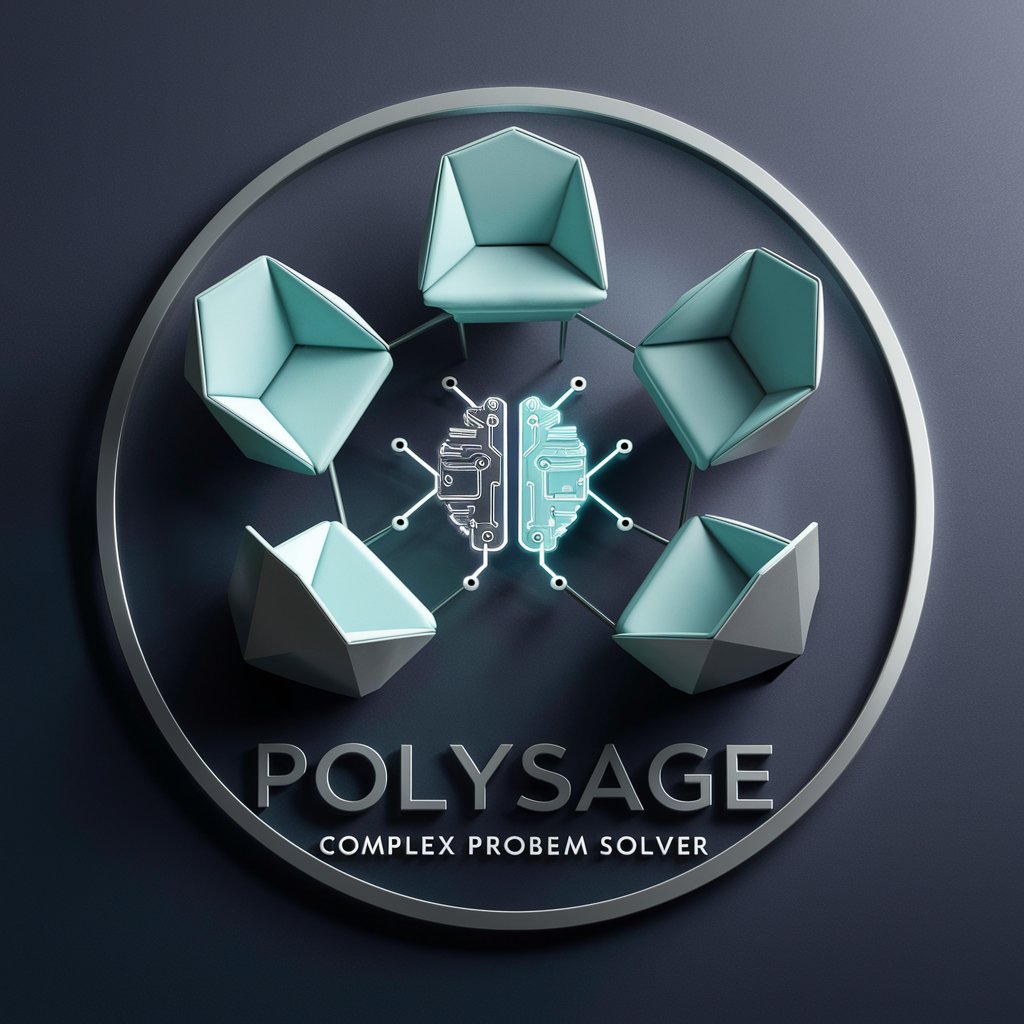
EduCheck
Refining Education with AI

Lab 31 GPT Workshop
Transforming ideas into AI-powered innovations.
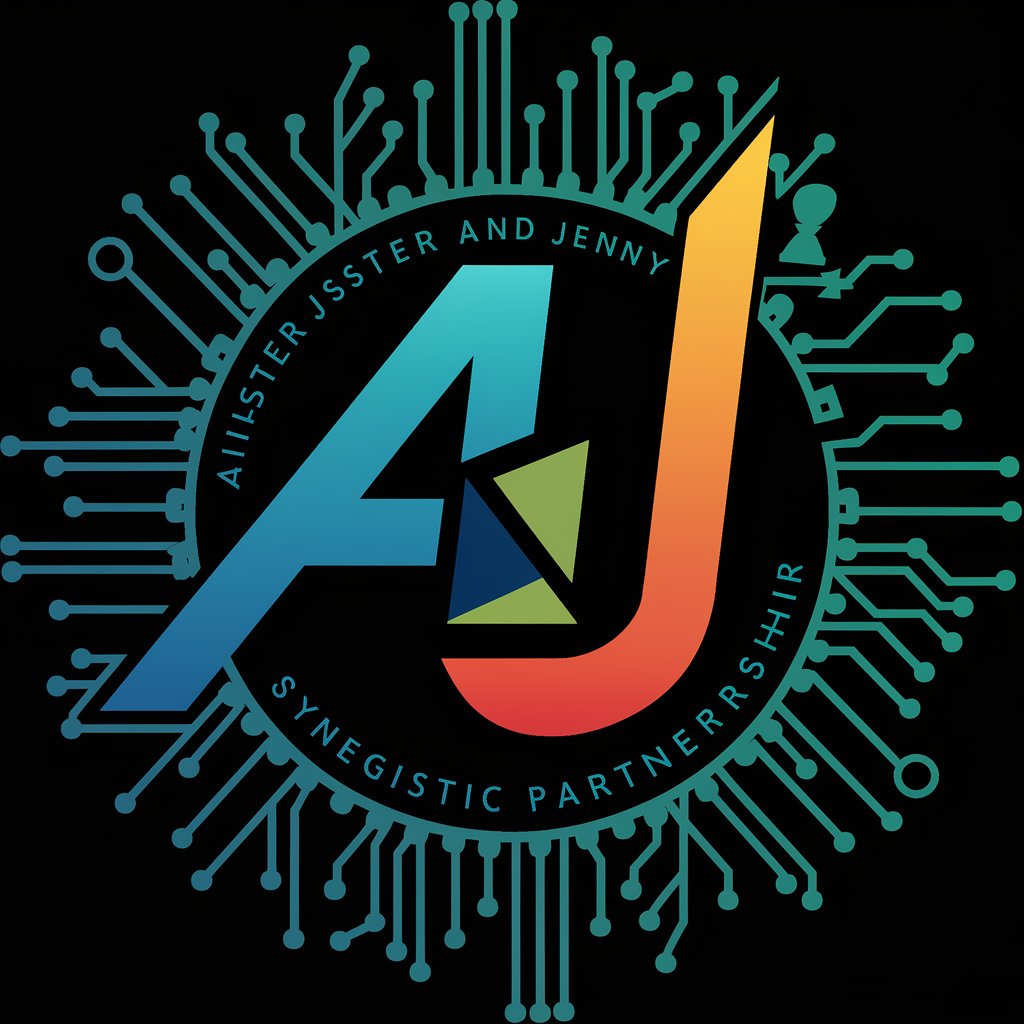
Make Money with AI | by BePrompt - V1.3
Empower your business with AI insights.

CopyCat
Empower Your Writing with AI

龙年祝福神器|新春拜年文案+GIF表情包
AI-Powered Festive Message Crafting
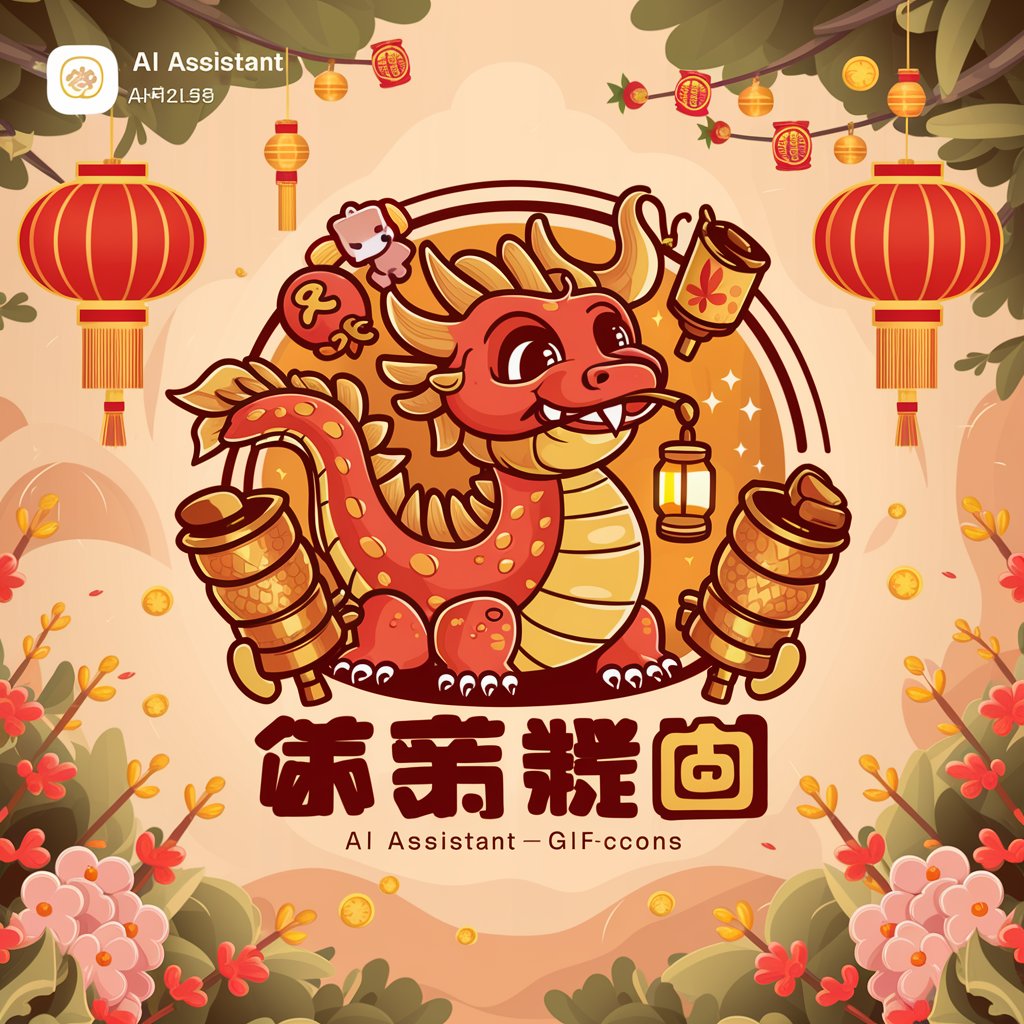
Generador de imagen Pro
Bring your ideas to life with AI

한국 초특가 다나와 - 최저가 쇼핑 (뽐뿌, 11번가, 네이버, 쿠팡, G마켓, 신세계)
AI-powered price comparison for the best shopping deals

Frequently Asked Questions about EsperantoGPT Dictionary
What is EsperantoGPT Dictionary?
EsperantoGPT Dictionary is a tool designed for Japanese speakers to provide comprehensive information on Esperanto words and phrases, including translations, etymology, and usage examples.
How can I input Esperanto special characters?
You can use 'x' after the base letter to denote Esperanto's special characters when typing your query (e.g., 'cx' for 'ĉ').
Can EsperantoGPT Dictionary help with language learning?
Yes, it provides detailed linguistic information and examples that can enhance learning and understanding of Esperanto.
Does EsperantoGPT Dictionary include idioms and colloquial expressions?
Yes, it offers information on idiomatic and colloquial expressions in Esperanto, helping users grasp the language's nuances.
Can I use EsperantoGPT Dictionary for academic research?
Absolutely, it's a valuable resource for linguistic studies, translation, and academic research related to Esperanto.
